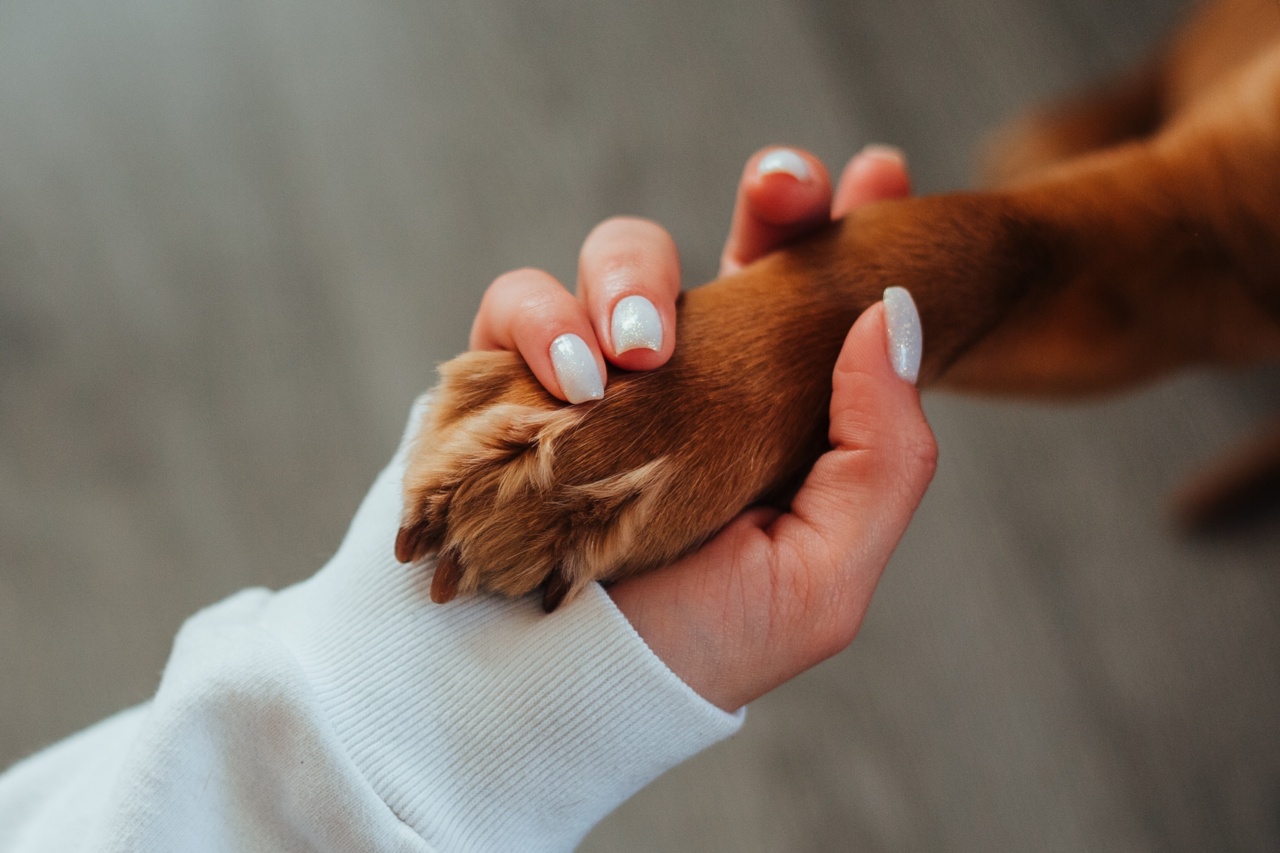Training your dog is an essential part of being a responsible pet owner. Not only does it ensure their safety and well-being, but it also strengthens the bond between you and your furry friend.
Whether you have just brought a new puppy home or have an adult dog that needs some guidance, this comprehensive guide will provide you with everything you need to know about training your dog.
Understanding Your Dog’s Behavior
Before diving into the training process, it is crucial to understand your dog’s behavior. Dogs communicate through body language and vocalizations, and being able to interpret their signals will make training more effective.
Some common behaviors to be aware of include barking, tail wagging, growling, and body postures.
The Benefits of Training
Training your dog offers a wide range of benefits for both you and your furry companion. Firstly, it promotes obedience and control, making day-to-day interactions easier and more enjoyable.
Furthermore, trained dogs are less likely to engage in destructive behaviors such as chewing furniture or digging up the garden. Training also enhances your dog’s mental stimulation and helps prevent boredom-related issues.
Basic Training Commands
Implementing basic training commands is a fundamental aspect of dog training. These commands establish a line of communication between you and your dog and create a foundation for further training. Some essential commands to teach your dog include:.
Sit
The “sit” command is one of the first commands you should teach your dog. It is relatively easy to learn and helps establish control. Start by holding a treat close to your dog’s nose, then slowly raise it above their head.
As their nose follows the treat, their bottom will naturally lower into a sitting position. Once they are in the sitting position, say “sit” and reward them with the treat. Repeat this process until they can sit on command without guidance.
Stay
The “stay” command is essential for ensuring your dog remains in a specific position until you give them permission to move. Start by commanding your dog to sit, then open your palm and say “stay” while taking a step back.
If your dog remains in the sit position, praise them and offer a treat. Gradually increase the distance and duration of the “stay” command over time.
Come
The “come” command is crucial for your dog’s safety and allows you to call them back to you in any situation. Begin by attaching a long leash to your dog’s collar.
While holding the leash, take a step back and say “come” in a cheerful tone. Gently pull on the leash to guide them towards you, then reward them with praise and treats when they reach you. Practice this command regularly in different environments to reinforce the behavior.
Potty Training
Potty training is an essential aspect of dog ownership, ensuring that your dog knows when and where to relieve themselves. Consistency is key during this process.
Take your dog outside to their designated bathroom area frequently, especially after meals or naps. Use verbal cues such as “go potty” while they are in the act, and reward them with praise or treats when they are successful. Accidents may happen, but avoid punishment as it can hinder the training process.
Dealing with Behavioral Issues
Training can also help address common behavioral issues in dogs. From excessive barking to separation anxiety, understanding the root causes of these problems is vital.
Many behavioral issues can be resolved through positive reinforcement training techniques and providing your dog with mental and physical stimulation. In severe cases, consulting with a professional dog trainer or behaviorist may be necessary.
Positive Reinforcement Training
Positive reinforcement training is a highly effective and humane method of dog training. This technique involves rewarding desired behaviors to encourage their repetition. Rewards can include treats, praise, playtime, or anything that motivates your dog.
By focusing on positive reinforcement, you build a strong and trusting relationship with your furry friend.
Consistency and Patience
Consistency and patience are crucial throughout the training process. Dogs thrive on routine and responses to behavior, so it is essential to reinforce training consistently. Remember that training takes time and every dog learns at their own pace.
Celebrate small victories and be patient with setbacks or challenges that may arise.
Socialization
Socializing your dog is an integral part of their training and development. It involves exposing them to various people, animals, and environments to ensure they become well-adjusted and friendly.
Gradually introduce your dog to different situations, other dogs, and new people. Reward them for positive interactions and allow them to explore their surroundings at their own pace.
Seeking Professional Help
While you can accomplish a lot through self-training, there may be instances where seeking professional help is necessary. Professional dog trainers have experience working with different breeds and behavioral issues.
They can provide tailored advice and guidance to address specific training challenges or behavioral problems.
Conclusion
Training your dog is a fulfilling and rewarding journey that strengthens the bond between you and your furry companion.
By understanding your dog’s behavior, implementing basic training commands, and addressing any behavioral issues, you can ensure a well-rounded and obedient dog. Remember, training takes time, patience, and consistency, but the benefits will last a lifetime.

























